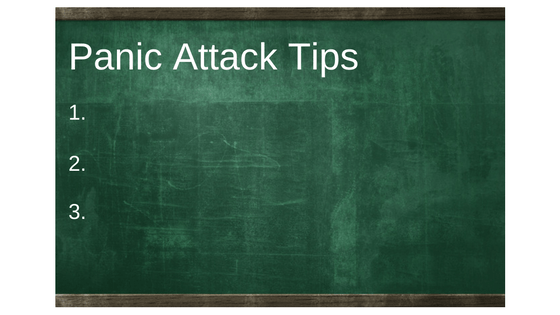If possible, work with an anxiety coach or counselor to practice using these new thought patterns.
- Fear doesn't last long - as long as you don't pile on more fearful thoughts. When the fear comes, expect it and accept it. Wait and give it time to pass without running away from it.
- Notice that when you stop adding frightening thoughts to your fear, it begins to fade.
- Remember that although your feelings and symptoms are very frightening, they are not dangerous or harmful.
- Understand that what you're experiencing is just an exaggeration of your normal bodily reactions to stress.
- Do not fight your feelings, or try to wish them away. The more you're willing to face them, the less intense they will become.
- Do not add to your panic by thinking about what "might" happen. If you find yourself asking, "what if?", Tell yourself, "so what!"
- Stay in the present. Notice what is really happening to you as opposed to what you think "might" happen.
- Label your fear level from 0 to 10 and watch it go up and down. Notice that it does not stay at a very high-level for more than a few seconds.
- When you find yourself thinking about the fear, change your primary thought. Focus on and carry out a simple and manageable task.
- Be proud of yourself for your progress thus far and think about how good you'll feel when you succeed this time.


